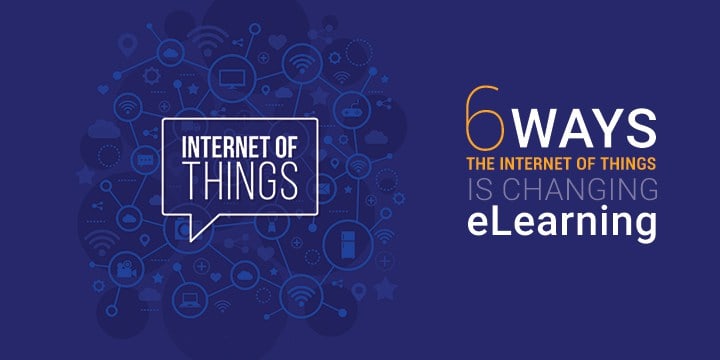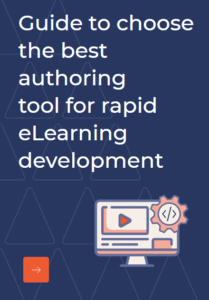Internet of Things is something that created a Paradigm Shift in the ways things hitherto worked. Some even call it disruptive, well maybe. It did transform the world as we know it. But what is it really?
Theoretically (as Wikipedia states), “The Internet of things (IoT) is the network of physical devices, vehicles, home appliances, and other items embedded with electronics, software, sensors, actuators, and network connectivity which enable these objects to connect and exchange data. Each thing is uniquely identifiable through its embedded computing system but is able to inter-operate within the existing Internet infrastructure.” Unless you have been living under a rock you must have heard about voice activated commands that can control appliances at homes and not just that a smart home (home automation) where all things are connected, can be monitored, and controlled remotely.As a matter of fact, what we watched in Jetsons and Back to the Future series has become a reality now. Speaking machines, AI assistants and all.
According to Statista, “For 2020, the installed base of Internet of Things devices is forecast to grow to almost 31 billion worldwide. The overall Internet of Things market is projected to be worth more than one billion U.S. dollars annually from 2017 onwards.”
And to think that such a revolution would leave eLearning untouched would be absurd right! Wondered how eLearning is being transformed under the influence of IoT?
eLearning has already been influenced by connected devices and IoT in general. We already know about Multi-device learning that promotes learning across devices, otherwise termed as eLearning in the multi-device ecosystem (read the overview here).
With IoT, eLearning can turn into a more pervasive model, learning that is inculcated within actions, learning as a part of the work itself rather than being a standalone activity.
Inferring from the paper published in the International Journal of the Computer, the Internet and Management Vol.23, Applications of Internet of Things in E-Learning, “Internet of Learning Things can enhance learning. One example cited here is that of a $1.2 m pilot scheme launched across 8 schools in UK to find how IoTcan enhance learning in Science, Technology, and Geography.
Quoting directly from the paper, "IoT will enable students to connect with teachers and access to full-time educational tools. It will also facilitate collaboration with teachers and other students. Parents can also have access to learning analytics through IoT" Goes without saying that this also works for corporate training.
Utilization of real-time tracking tools, analytics can help in charting the skill-gap and assigning the appropriate training to those who need it, hence making learning a targeted approach can greatly influence and improve Performance.
There are various aspects of change that IoT tends to bring to the learning ecosystem, here are a few right off the bat:
- Connected Learning -Sensor-based live information, live feeds, online trainers. Learning would be all about internet access if you know where to look for. This also sets precedent to learning 3.0, which is all about learning as a community.
- Secure Learning- Empowered sensors, RFIDs, cameras, and connected devices, monitoring and surveillance, real-time notifications, alerts, and configured actions that right there is what IoT offers- secure and safe learning.
- Change in Assessment Pattern- Assessment would be more implementation based, spread across various online/offline tasks (that can be tracked), analyzing how information is used- a holistic assessment rather than one based on just memorized facts.
But that’s not all, according to NenadGligorić and his team of researchers (eBook: Smart Universities: Concepts, Systems, and Technologies, Page-88), “Combining the IoT technology with social and behavioral analysis, an ordinary classroom can be transformed into a smart classroom that actively listens and analyzes voices, conversations, movements, behavior, etc., in order to reach a conclusion about the lecturers’ presentation and listeners’ satisfaction. This will enable lecturers to consistently deliver good presentations and make better impact, while the audience will benefit from interesting lectures thus making the learning process shorter, more efficient as well as more pleasant and even entertaining.”
The era of IoT has just begun, and it holds a lot more in store for eLearning. We have just scratched the surface and there is a lot more to be understood. Shall keep you posted by and by, so keep reading.



